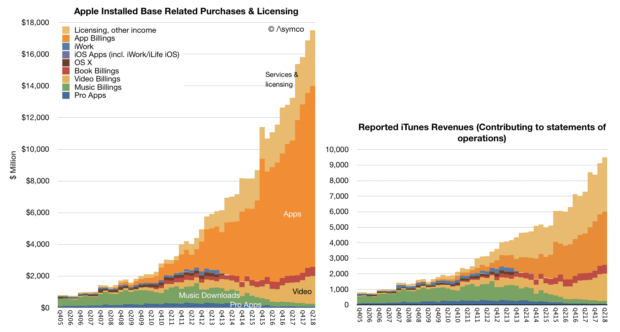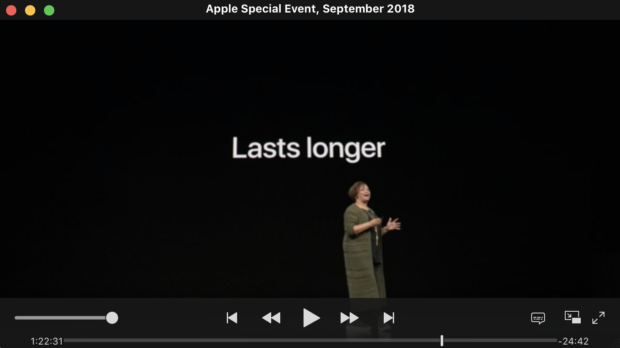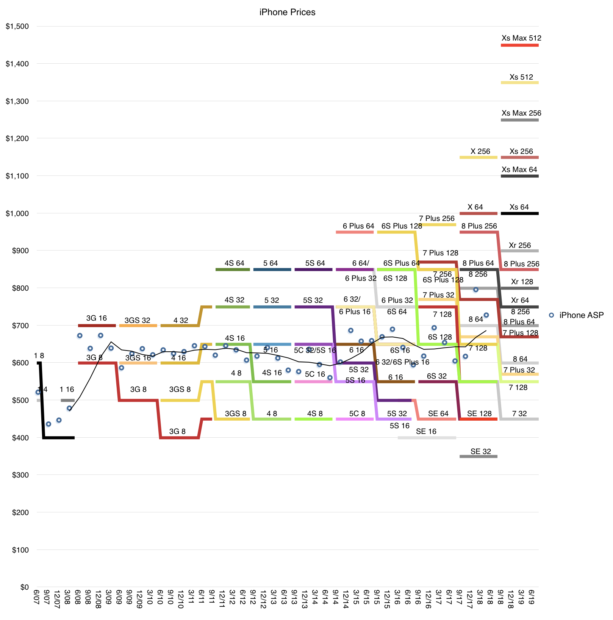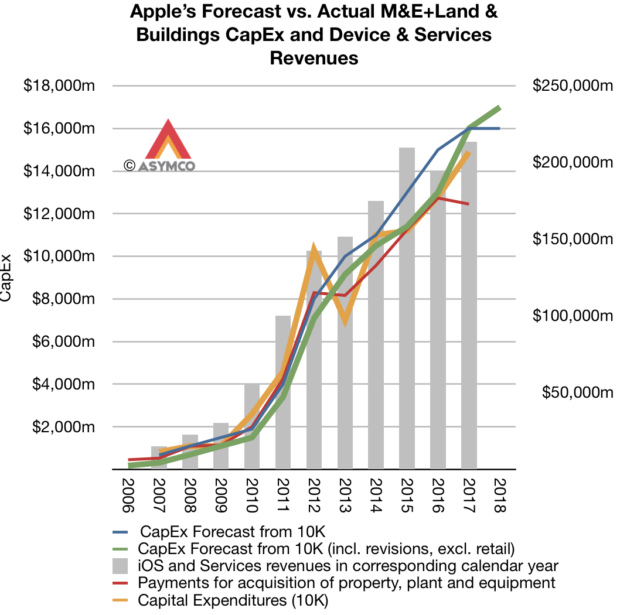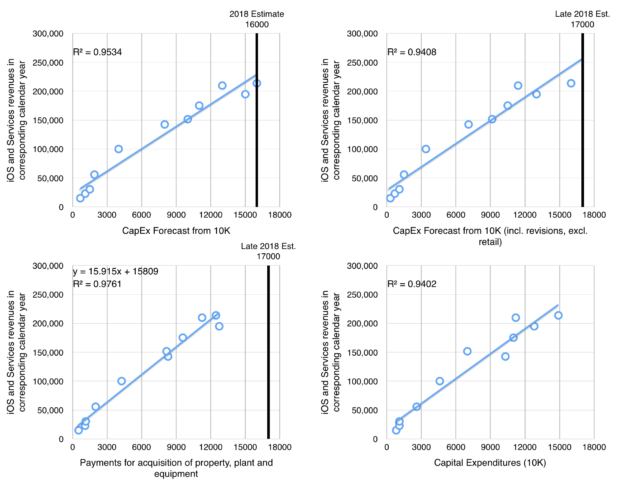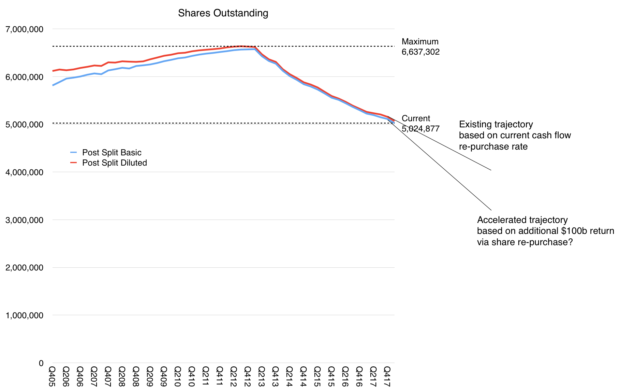We want things to get better. The desire of improvement and an increase in performance is seemingly innate. The old adage goes that using the word “new” is the most effective way to increase sales. “New & Improved” if you want to be redundant.
For many in technology, New & Improved means faster with more of every measurable parameter. More memory, more pixels, more storage, more bandwidth, more resolution. In devices, the tendency has been to communicate “new & improved” through an increase in screen size. We are subject to this to such an extent that phones are becoming unusable with one hand, stretching screens to the edge of the device and then wrapping those screens around the edges and then even folding the screens so that we have to unfold or unroll to use the product. Maybe an origami phone is in the works.
But there is a parallel movement where “New & Improved” means smaller. This is the trend to miniaturization. Smaller is better because it’s more portable, more conformable. Things sold by the ounce are better than things sold by the pound. The best computer, the best anything, is the one you have with you and having it with you is more likely if you can take it with you. So that which you can take with you is the best. QED.
Apple has had a great history of miniaturization. The original Macintosh was tiny compared with personal computers of its day. It had a handle so you could take it with you. Apple pioneered laptops with breakthroughs in utility and form which made them truly portable. The iMac followed with a degree of integration and portability which made it iconic. Of course the iPod and iPhone were marvels when they first appeared.
Over the years these products expanded into ranges with “good, better, best” type segmentation. The bigger being the best in performance and the smaller typically being the most convenient. However it seemed that the positioning was toward “bigger is better” for a lot of these products. The iPhones Plus, the iPads Pro, etc. As even the largest were getting thinner, the “mini” versions appeared to be neglected. You could get “good enough” portability from the larger products so why bother with the minis.
It came to a head when the iPhone SE was discontinued last fall. Its demise felt like the end of an era. I always considered the SE as the “Steve Edition”. It was the last design Steve Jobs was involved in and it pained me to see it go. With it seemed to go the positioning around “mini”.
But also last fall we saw a re-boot of another almost-forgotten mini: the Mac mini. For me the Mac mini was quintessentially Jobsian. I remember that he loved tiny products. His launch of the iPod nano was spectacular; reaching into his jeans’ watch pocket to pull it out on stage. Holding the Mac mini up as if a tiny tray. Even the iPod shuffle was a quirky and lovable idea1. And let’s not forget the Mac Cube which made the iMac look huge.
When the Mac mini was released last fall in Brooklyn with a huge spec bump and a thunderous reveal I thought something was up. When the MacBook Air was also out at the same event I felt that the company was signaling something. Perhaps a re-dedication to the low end.
Also in parallel there is the wearables product line. The AirPods and the Apple Watch are jewelry. The essential qualities of products you wear are that they be small and beautiful. The smaller the better. Above all, both the Watch and AirPods are marvels of miniaturization. They pack so much in so little volume and that volume is shaped in such an aesthetically elegant way that they become daily essentials. I use my Apple wearables more than any other Apple product. Watch glances and time with AirPods exceeds the iPhone unlocks and iPhone use time. The fact that we don’t even realize that the smallest Apple products are also the ones we use most is a testament to their conformability to us.
So the Mac mini that is suddenly the Mac Maxi in performance, the MacBook which is an extraordinarily small laptop, the wearables success, all pointed in a direction that the iPhone did not: that “mini” was back.
And now we see the iPad mini being re-launched with a huge spec bump. We should take the hint. The iPad mini is just charming. I have been trying it out for a few days and it has worked its way into my routine. I have an iPad Pro that I use on a desk to design presentations (and to deliver them). I use it with a keyboard for dealing with email on my lap or on a plane and take it instead of a laptop when going to meetings.
But the iPad mini worked its way to my nightstand. It the one I reach for when on a couch. It is like an iPhone but when you’re at home it’s better than the iPhone because you can linger on that new true tone screen. It works well one handed. It now has Pencil support so it can be used for sketching and doodling.
I am an analyst not a product reviewer but I sense how it fills a gap between iPhones and larger devices–in a home setting. Of course it can be used in an office. It is much easer to take with you if you carry a laptop in a bag.
Fundamentally explaining mini is pointless. mini is something that is felt more than it is perceived. You can see the attraction of a tiny product only when you come face-to-face with it. In a picture it’s hard to get it–there is no frame of reference. What draws me to a MacBook or to a mini or a Watch is when it’s touched and held and carried or worn. The experience of the product is not how it works but how it works with you. You have to be part of it. It’s not asking “Does it look good?”. It’s asking “Does it look good on me?” mini means more personal.
That is the nature of mini and that is why I love the new minis: the iPad mini, the Mac mini, the MacBook (mini) and that is what I dare to hope that there is an iPhone mini coming.
- probably the first Apple wearable as you could actually pin it to your clothes [↩]


